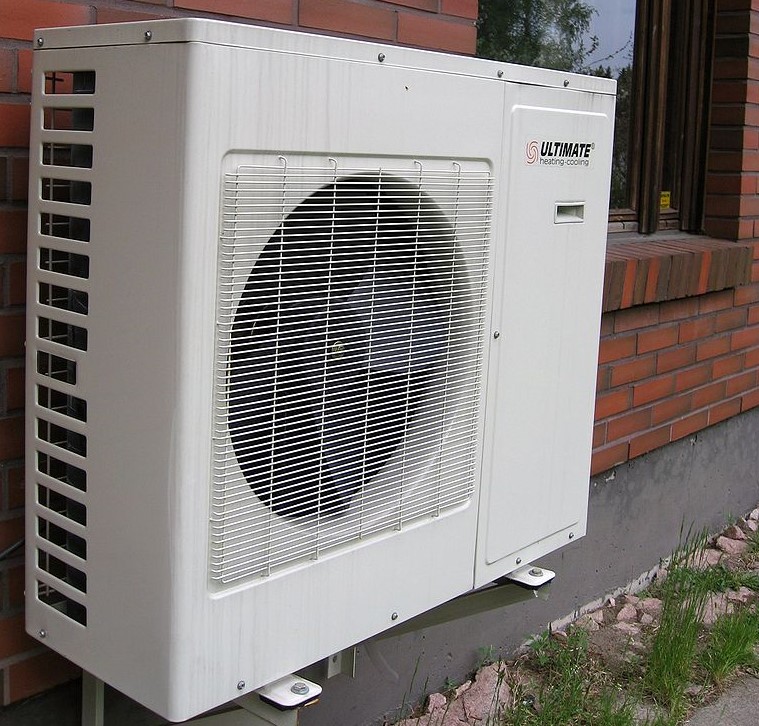Scientists at the Pusan National University in South Korea have developed a control system for air-source heat pumps (ASHP) which they claim allows users to take complete control of their devices.
They explained that ASHP manufacturers are traditionally reluctant in giving users control of their products and noted that ASHPs using renewable energy as an auxiliary heat source require a high level of technology for control optimization of variable-speed compressors.
The researchers described the proposed innovation as an artificial neural network (ANN)-based optimum control logic (OCL) system that is able to control the set temperature and operate without changing the main components of existing systems and increasing costs. The ANN is based on backpropagation, which is an algorithm designed to test for errors working back from output nodes to input nodes.
“The ANN model was developed to prevent overfitting errors, by constructing a training dataset in the form of synthetic time-series load data,” the scientists noted. “It was developed based on Python and connected to TRNSYS through MATLAB.”
Their numerical modeling was applied to an ASHP equipped with a heat storage tank (HST) system that stores heat when the coefficient of performance (COP) is high and releases it at a later stage when the heat pump is at a high load. They assumed the ASHP-HST system to be installed in an office building in Busan with a floor area of 120 m2, a height of 2.7 m, and a window-to-wall ratio of 15%.
The heat pump is assumed to have a rated capacity of 9 kW in the heating mode and 8 kW in the cooling mode.
In the proposed system configuration, a fan coil unit (FCU) is switched on when the room temperature drops under 21 C and the HST temperature exceeds 43 C. Conversely, heating is switched off when the room temperature surpasses 23 C and HST temperature drops under 43 C. The ASHP stores heat when the HST temperature is lower than 43 C, with the storage process being interrupted when the temperature exceeds 47 C.
“For indoor cooling, the FCU is activated when the room temperature exceeds 24 C and the HST temperature is less than 12 C,” the research team explained, noting that the FCU is turned off when the room temperature drops below 22 C or the HST temperature rises above 12 C. “ASHP is used for HST cold storage when the HST temperature is higher than 12 C, and cooling is switched off when the HST temperature falls below 8 C.”
These mechanisms, according to the researchers, enable users to “correctly” select the flow rate of the water pump, even under severe weather conditions. Furthermore, they help increase the ASHP COP by 0.88% when the flow rate is maintained low during times when less heat rejection or absorption was required and by 6.23% when the use of a variable-speed water pump through dynamic simulation is assumed. “ANN-based OCL works well when the secondary side refrigerant of the heat pump is water,” the scientists said.
They described the system in the study “Performance improvement of air-source heat pump via optimum control based on artificial neural network,” published in Energy Reports. “In future research, we plan to develop the FCU-side water pump flow control logic that considers the standard effective temperature and predicted mean vote-based human body comfort,” they concluded.
This content is protected by copyright and may not be reused. If you want to cooperate with us and would like to reuse some of our content, please contact: editors@pv-magazine.com.




Heat pump operation must also be based on time of day electricity rates. Is a heat storage tank needed when the building itself has a large thermal inertia?